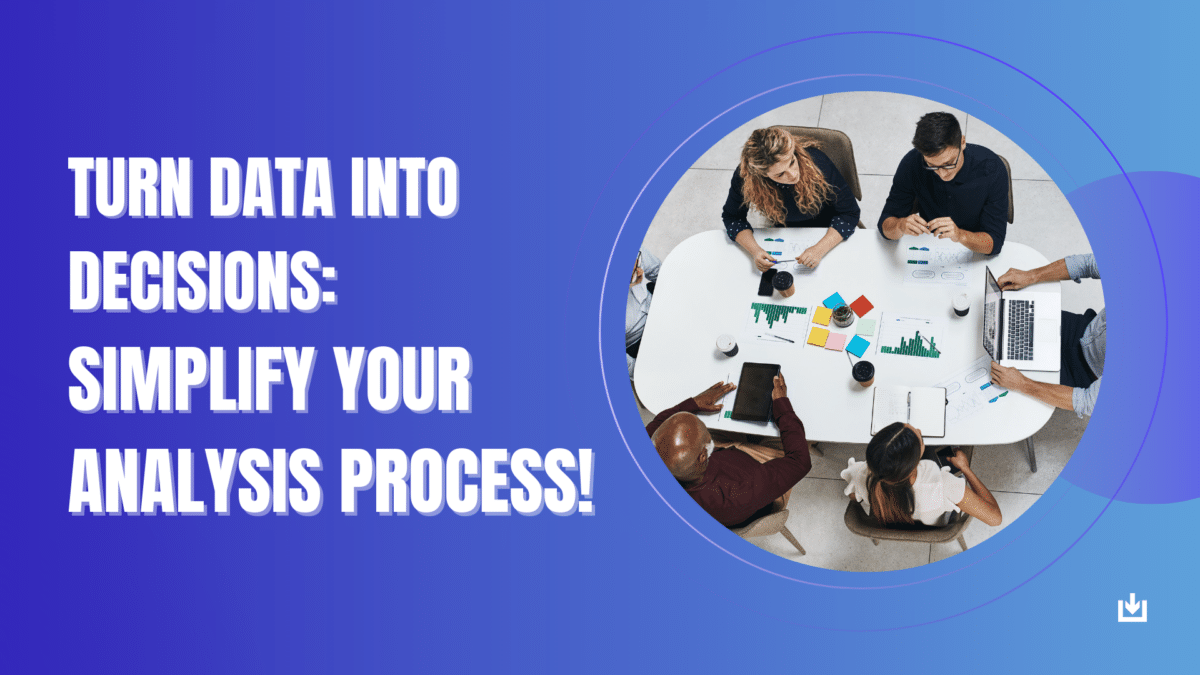
The Ultimate Guide to Content Marketing: Proven Strategies for Success
October 28, 2024
Strategic Growth: Use KPIs to Guide Your Next Move
November 4, 2024Data collection might sound overwhelming, but it doesn’t have to be! With the right data collection methods and analysis, you can better understand your target audience and create campaigns that truly resonate. In this guide, we’ll cover the basics of primary and secondary data.
Primary vs. Secondary Data: What’s the Difference?
Understanding different types of data is the first step in successful data collection.
- Primary Data: Information gathered directly from your audience. It’s tailored to your specific needs and collected through surveys, focus groups, or interviews. This data type provides direct insights into customer preferences, helping you measure customer satisfaction.
- Secondary Data: Data that comes from existing sources like industry reports, social media platforms, or websites. This type of data helps in identifying broader trends and market research.

Effective Primary Data Collection Methods
Surveys: Surveys are a straightforward way to collect primary data. Tools like Google Forms or SurveyMonkey make it easy to create and distribute surveys. Here are some survey design tips to keep in mind:
- Keep it Short and Relevant: Aim for 5-10 questions.
- Mix Question Types: Use multiple-choice for quick responses and open-ended questions to gather deeper insights.
- Avoid Leading Questions: Instead of asking, “How much did you love our service?” try, “What did you think of our service?”

Focus Groups: A focus group is a moderated discussion with a small group of participants. It’s useful for exploring customer attitudes and preferences in more depth. Here’s how to make the most of your focus group analysis:
- Set Clear Objectives: Know what specific insights you want to gain.
- Keep Groups Small: 5-8 people is ideal to encourage open dialogue.
- Record and Review: Use transcription tools like Otter.ai to capture responses for easier analysis.

Interviews: Interviews allow for one-on-one conversations, offering detailed feedback. Ask questions that encourage participants to share their experiences and preferences. For example:
- “What challenges do you face with [product/service]?”
- “What features do you value most?”

Secondary Data Sources You Can Use Today
- Social Media Analytics
Platforms like Facebook Insights or LinkedIn Analytics provide data points on engagement, demographics, and more. This helps gauge what content resonates with your audience and where to focus your efforts. - Industry Reports
Websites like Statista or Nielsen offer data on broader industry trends, market behavior, and consumer preferences. This type of data is essential for benchmarking and market research. - Website Analytics
Tools like Google Analytics can reveal where your traffic comes from and how users behave on your site. Track metrics like bounce rate, session duration, and pages per visit to understand user experience and content effectiveness.

Key Takeaways
- Primary Data: Use surveys, focus groups, and interviews to gather detailed customer insights.
- Secondary Data: Leverage social media analytics and industry reports for broader market research.
By understanding the differences between primary and secondary data and applying the right data analysis techniques, you can gain deeper insights and make more informed decisions for your marketing strategies. Ready to turn data into actionable insights? Contact Advent Trinity for support in refining your data collection and marketing strategies!




